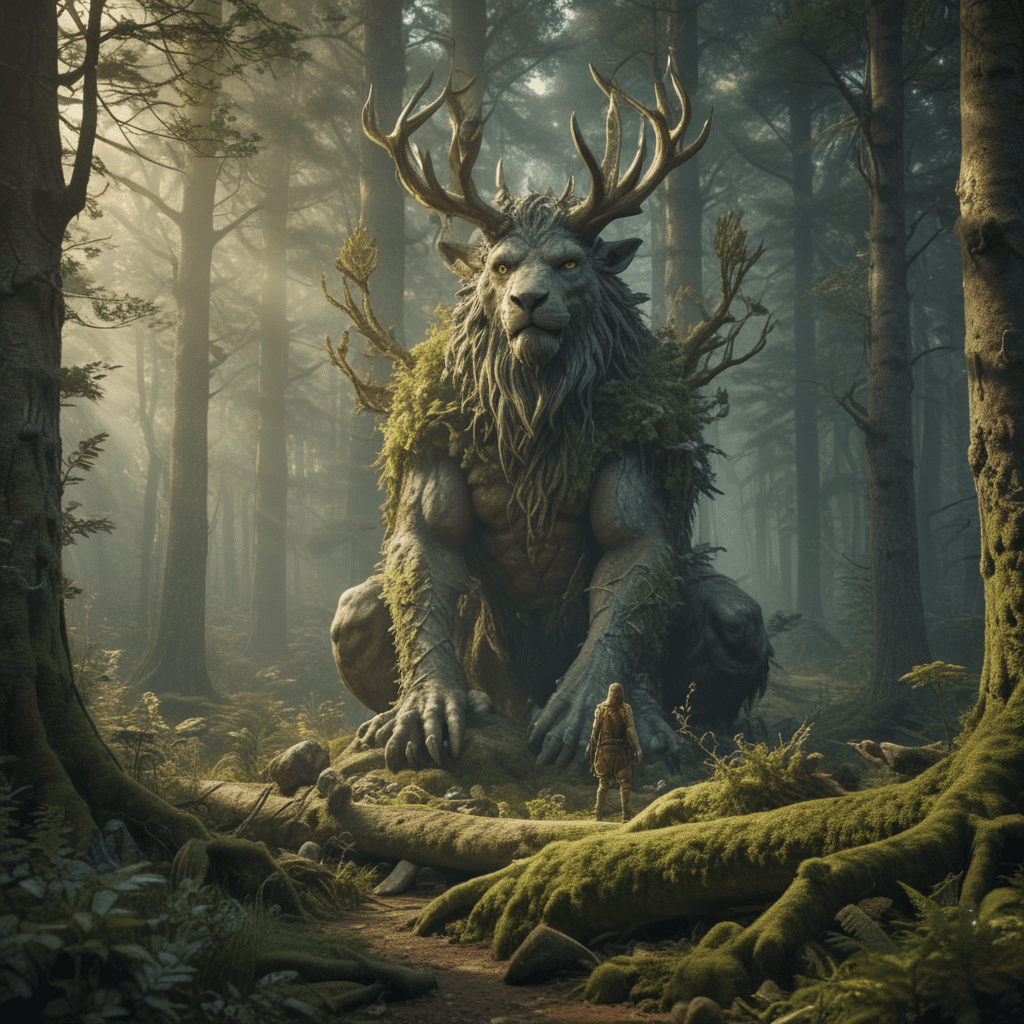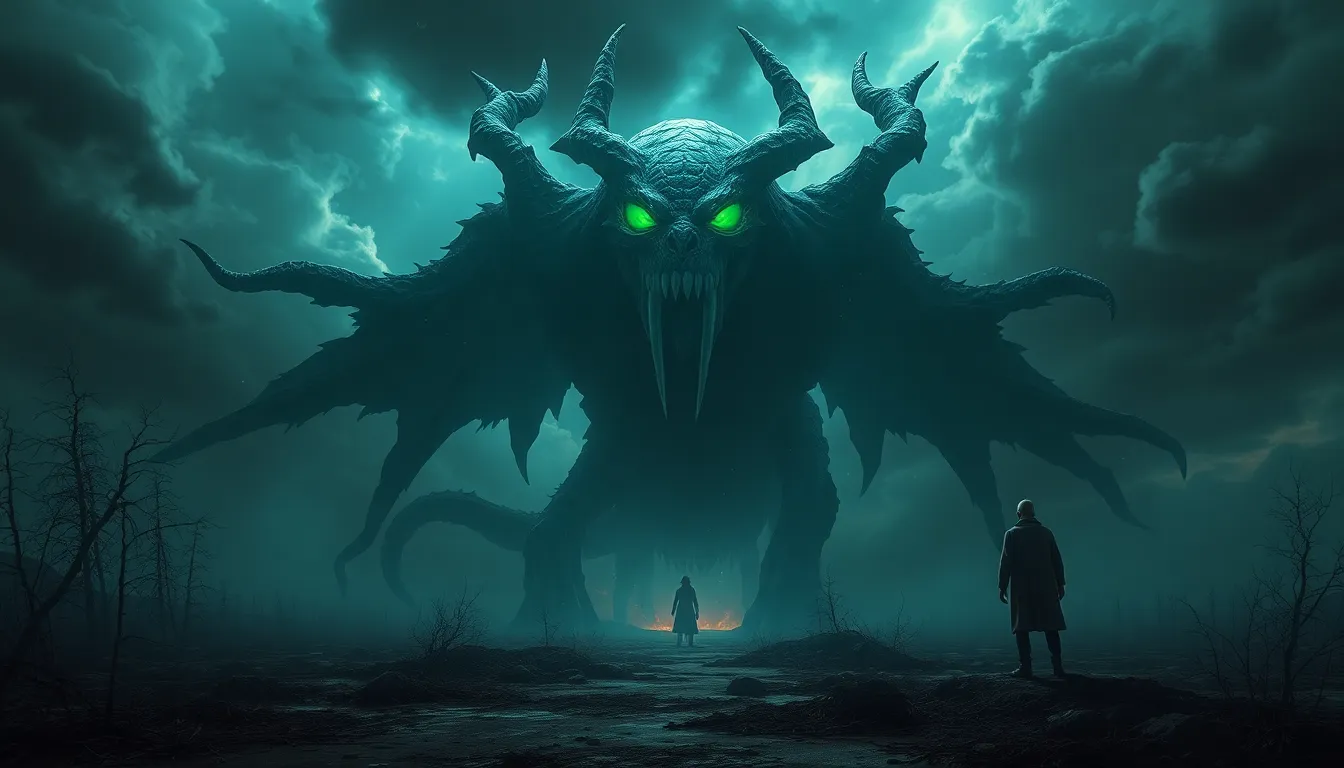The Underworld: Myths That Explore the Nature of Fear
Introduction to the Concept of the Underworld
The concept of the underworld is a recurring theme across various mythologies worldwide. It often serves as a representation of the afterlife, a realm where souls journey after death. The significance of the underworld extends beyond mere geography; it embodies the ultimate confrontation with mortality and the fears that accompany it. As a universal human experience, fear manifests in numerous ways, often tied to the unknown, loss, and existential dread. Myths surrounding the underworld provide a framework for exploring these fears, allowing cultures to articulate their anxieties about death and the afterlife.
Cultural Perspectives on the Underworld
Underworld myths vary significantly across cultures, each offering unique interpretations of fear and death. A comparative analysis reveals fascinating insights:
- Greek Mythology: The underworld is ruled by Hades, a place of shadows and lost souls.
- Egyptian Mythology: The Duat serves as a journey through fear, where the heart is weighed against a feather to determine moral worth.
- Norse Mythology: Hel is a realm for those who did not die in battle, emphasizing the inevitability of fate.
These narratives reflect how different societies interpret fear through their underworld tales. The underworld not only serves as a backdrop for individual stories but also plays a crucial role in shaping cultural identities and moral values, highlighting the collective fears and beliefs of each society.
The Underworld in Greek Mythology
In Greek mythology, the underworld, known as Hades, is a complex realm inhabited by souls of the deceased. It comprises several regions, including the Asphodel Meadows, where ordinary souls reside, and Tartarus, a deep abyss for the wicked.
The myth of Persephone illustrates the connection between fear, loss, and seasonal change. Her abduction by Hades represents the fear of losing loved ones and the inevitability of change. The cycle of her descent and return signifies the duality of life and death, symbolizing the anxiety surrounding mortality.
Greek myths encapsulate the societal anxieties about death and the afterlife, portraying the underworld as a place where the unresolved fears of the living manifest in the form of ghostly figures and eternal punishments.
The Egyptian Duat: A Journey Through Fear and Judgment
The Duat, or the Egyptian underworld, is a realm of trials and judgment. It holds immense significance in Egyptian culture, reflecting their beliefs regarding the afterlife. The journey through the Duat is fraught with challenges, where the deceased must navigate through various obstacles.
One of the most critical moments in this journey is the weighing of the heart against the feather of Ma’at, representing truth and justice. This process embodies the fear of moral judgment and the consequences of one’s actions in life. Should the heart be heavier than the feather, the soul faces annihilation by the monstrous Ammit.
The gods and monsters of the Duat serve as both guides and tormentors, reinforcing the idea that fear is an integral part of the journey toward judgment and potential enlightenment.
Norse Mythology and the Realm of Hel
In Norse mythology, Hel is the underworld ruled by the goddess of the same name. It is depicted as a cold and dreary place, contrasting with the fiery realms of the heroic slain in Valhalla. Hel receives those who do not die a glorious death, reflecting the Norse view of death as an inevitable fate.
The concept of fear in Norse mythology is intertwined with the acceptance of fate. Myths surrounding Hel emphasize the inevitability of death and the importance of living honorably. The fear of being forgotten or unremembered after death serves as a poignant theme, urging individuals to act with valor during their lives.
The Underworld as a Symbol of Inner Fear
From a psychological perspective, the underworld can be interpreted through the lens of Jungian archetypes. It serves as a metaphor for the personal struggles and fears that individuals face throughout their lives. The descent into the underworld reflects the journey into one’s psyche, confronting inner demons and unresolved traumas.
Myths about the underworld can serve as a form of catharsis, allowing individuals to confront and process their fears. This symbolic journey often leads to personal growth and transformation, emphasizing that facing fears can lead to enlightenment.
Modern Adaptations and Interpretations of Underworld Myths
Contemporary literature, film, and art have reinterpreted themes of the underworld, examining the nature of fear through mythological lenses. Modern works often draw on ancient narratives to explore complex human emotions and experiences. Some notable examples include:
- Dante’s Inferno: A literary exploration of the afterlife, showcasing the consequences of sin.
- The Matrix: A film that delves into the nature of reality and fear of the unknown.
- Coraline: A children’s novel that presents an alternate world reflecting the protagonist’s fears.
The relevance of these ancient stories persists in today’s society, as they continue to resonate with contemporary fears and anxieties, bridging the gap between past and present.
Fear as a Catalyst for Growth in Underworld Myths
Many underworld myths illustrate the hero’s journey, where transformation often occurs through facing fears. Characters who venture into the underworld frequently emerge renewed and enlightened, having confronted their deepest anxieties. These stories emphasize themes of redemption and personal growth.
Through trials and tribulations in the underworld, heroes learn valuable lessons that impact both their personal lives and their communities. Overcoming fear becomes a catalyst for positive change, highlighting the transformative power of confronting the unknown.
The Underworld and the Fear of the Unknown
At the core of many underworld myths lies humanity’s profound fear of death and what lies beyond. This fear of the unknown drives individuals to seek answers and explanations, often leading to the creation of elaborate mythologies. The underworld serves as a narrative device to explore these anxieties, offering insights into the human condition.
Ultimately, the myths surrounding the underworld provide a rich tapestry through which cultures articulate their fears, confront mortality, and seek understanding in the face of the unknown. As long as humanity grapples with the mysteries of life and death, the narratives of the underworld will continue to resonate, inviting exploration and reflection.



